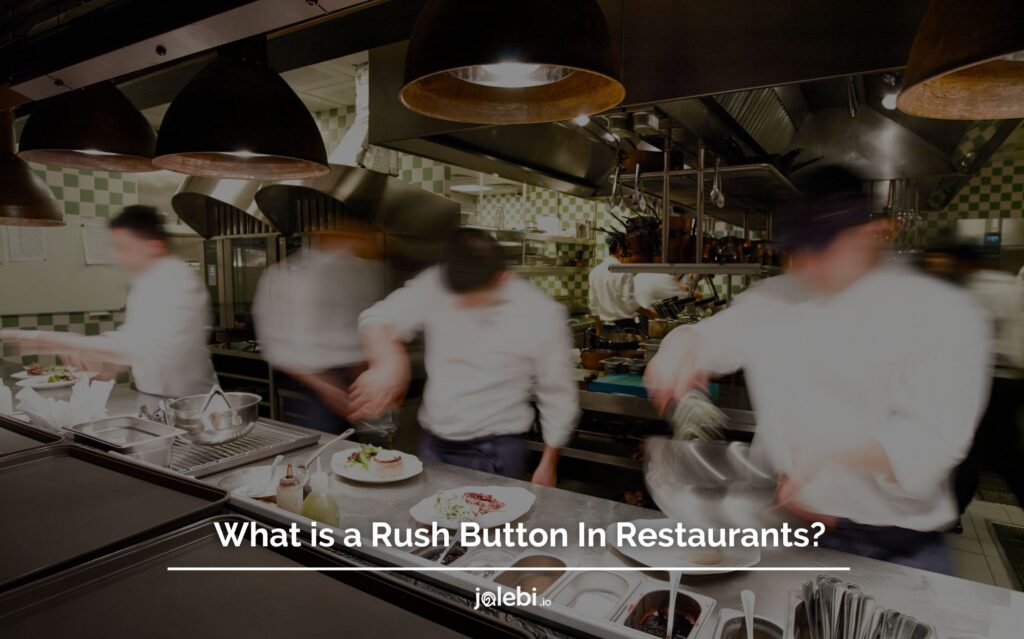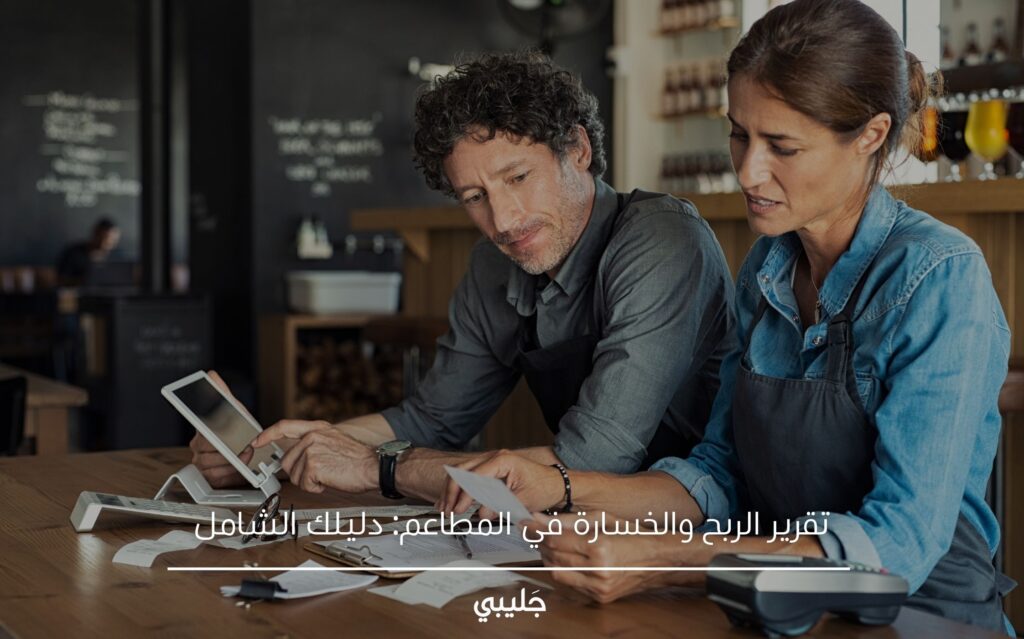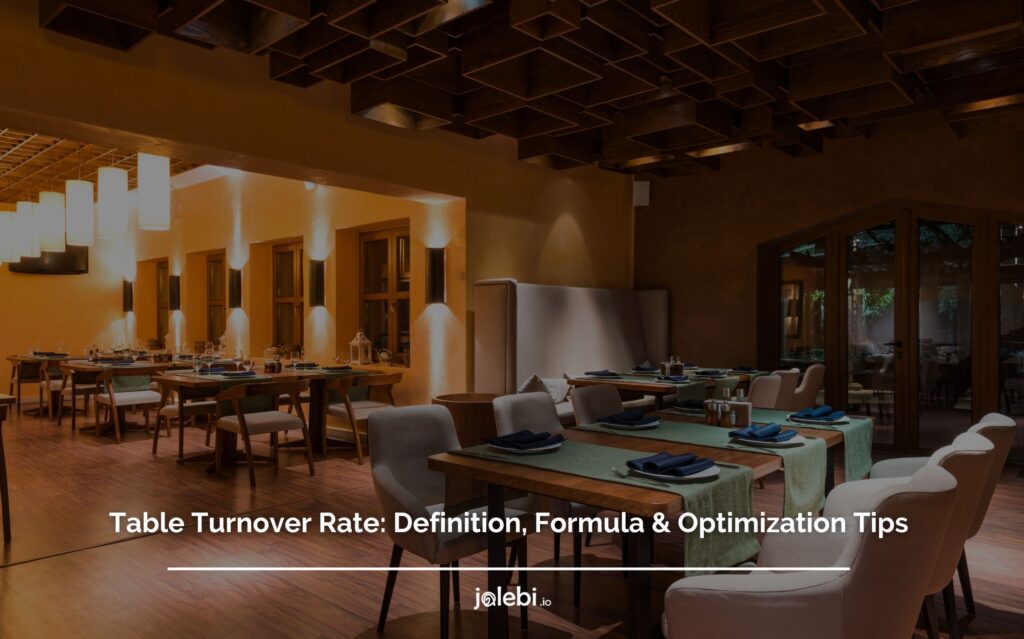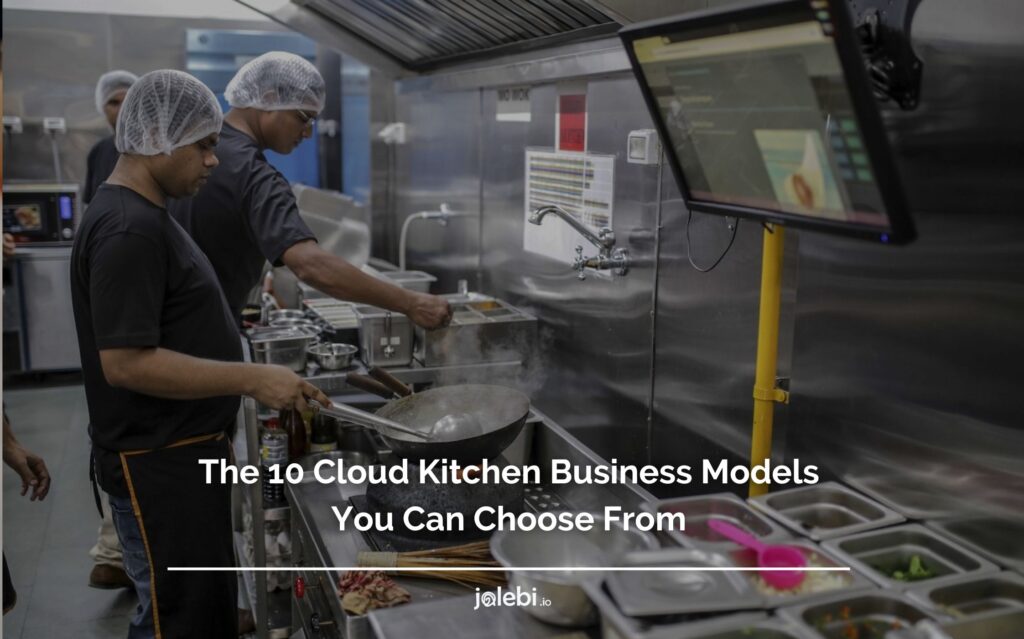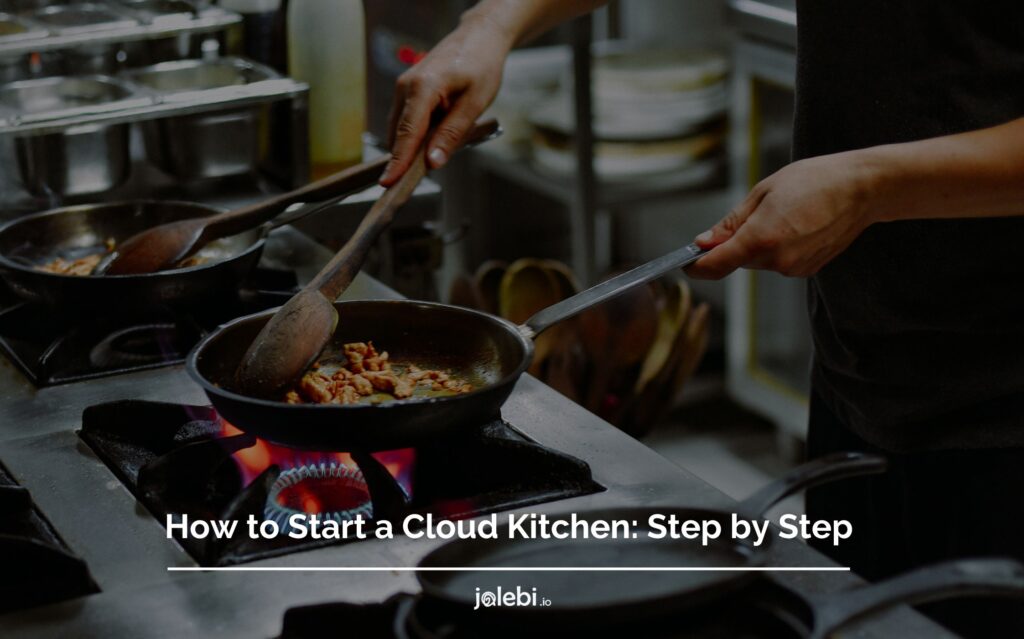Table of Contents

Around 60% of restaurants fail within the first year.
A restaurant business model can make or break a business. While designing a business model, one should keep in mind that it determines the future of the restaurant.
The model should be designed in such a way that it is profitable and sustainable in the long run. Several factors need to be considered while designing the model, such as the type of cuisine, target audience, location, and so on.
If done correctly, a well-designed business model can result in a thriving business.
On the other hand, a poorly designed model can lead to financial losses and eventually force the restaurant to close down.
Are you wondering how to design and update your restaurant business model?
In this blog post, we will share some tried and tested tips and tricks to update your restaurant business model and scale its growth.
What Is A Restaurant Business Model?
A restaurant business model is a plan for how a restaurant will operate and make money. It includes information on the type of food the restaurant will serve, the target market, the price point, and more.
A well-crafted business model for a restaurant can help the restaurant succeed by providing a roadmap for success and a productive workflow.
Types Of Business Models For A Restaurant
Here are the four main types of business models leveraged by restaurants today.
1- Franchise Model
The most common is the franchise model, in which a chain of restaurants sells food that is consistent with its brand. This model relies on economies of scale to keep costs low and profits high.
2- Mom-And-Pop Shop
Another popular model for a restaurant is the mom-and-pop shop, which is typically a smaller operation with less overhead.
This type of restaurant can be more flexible with its menu and pricing, but it may have trouble competing against larger chains.
3- Fast Food Model
Fast food restaurants are quick, affordable, and convenient. They typically have a limited menu with standardized items that can be prepared quickly.
Fast food restaurants are usually part of a larger chain, which allows them to keep costs low and pass the savings on to customers.
4- Casual Dining Model
Casual dining establishments offer a more relaxed atmosphere than fast food or fine dining restaurants. This business model includes a menu that is usually diverse, with something for everyone.
Casual dining restaurants often have a full bar, which can attract customers who are looking for a place to unwind after work or on weekends.
The right business model for a particular restaurant depends on its goals and resources. New restaurant owners should carefully consider all of their options before settling on a particular model.
With the right planning and execution, any type of restaurant can be successful.
Steps To Design And Update Business Model For A Restaurant
Before you take the plunge and start your own restaurant, it’s important to do your due diligence. This means taking a hard look at the potential risks and rewards of starting a restaurant business.
Are you prepared to deal with the challenges of running a restaurant? Do you have the financial resources in place to make your dream a reality?
Taking the time to answer these questions honestly will help you determine if starting a restaurant is right for you.
Are you thinking of starting a restaurant? Or maybe you already have a restaurant but it’s not performing as well as you’d like.
Either way, one of the most important things to do when it comes to making your restaurant successful is to design a strong business model restaurant.
There are a few key steps to take when designing or updating the business model for a restaurant.
1- Identify Target Market
First, you need to identify your target market and understand what they’re looking for in a dining experience.
Then, you need to determine what type of restaurant you want to be in – casual or fine dining, quick service or full service, etc.
Once you know these things, you can start to develop your pricing strategy and build out your menu.
2- Create A Marketing And Promotional Strategy
If you’re looking to design or update your restaurant business model, you’ll need to create a marketing and promotional strategy that resonates with your target audience.
- First, consider what type of restaurant you have and who your target market is.
- Then, craft a message that speaks to them directly and outlines the unique selling points of your establishment.
- Make sure your website and social media platforms are up-to-date and visually appealing, as these will be key touchpoints for potential customers.
- Finally, devise a plan for regularly promoting your restaurant through traditional and digital channels.
By taking the time to create a comprehensive marketing strategy, you’ll be well on your way to driving more business to your restaurant.
3- Design An Operational Plan
Assuming you are starting a new restaurant from scratch, there are several key elements to include in your restaurant business model to boost productivity.
- First, you will need to develop the kitchen front of the house and train your staff accordingly. This includes things like food preparation, cooking times, and cleanliness standards.
- Next, you will need to establish front-of-house protocols related to customer service, reservations, and payments in your business model restaurant.
- Finally, it is important to create a system for tracking inventory and supplies so that you can keep costs low and avoid running out of essentials.
By taking the time to design a detailed operational plan, you can ensure that your restaurant runs smoothly and efficiently from day one.
If you already have a restaurant, you can update the operations according to the above-mentioned steps to boost restaurant performance.
4- Choose Restaurant Operating Software
Choose a restaurant operating system for your restaurant while designing its business model. There are many restaurant operating systems to choose from when designing your business model.
Each system has its own set of features and benefits that can help streamline the operations of your restaurant and reduce the workload for employees.
jalebi’s restaurant operating system is a great choice for businesses that want to improve their efficiency and profitability.
We offer a comprehensive and user-friendly solution that will help you manage the front and back-end operations of your restaurant with ease.
With jalebi, you can streamline your restaurant’s operations, from taking orders and payments to managing inventory and reports. Contact us today for more details!
5- Pick Menu
84% of customers view the restaurant’s menu online before visiting the restaurant.
One of the most essential parts of designing or updating your business model is deciding the items for the menu.
Your menu items should be consistent with the overall theme and vibe of your restaurant. If you’re aiming for an upscale, sophisticated dining experience, then your menu should reflect that.
On the other hand, if you’re going for a more casual and relaxed atmosphere, then your menu should reflect that as well.
In either case, make sure that the items on your menu are in line with the overall image you want to project for your business.
If you’re looking for a way to streamline your restaurant’s menu, then partnering with jalebi’s restaurant operating system is the way to go.
With jalebi, you can have a universal menu for all your restaurant’s branches, which makes things much simpler for both you and your customers.
6- Create An Overall Design
Your restaurant’s design is important for creating the right atmosphere and vibe for your guests. When it comes to choosing the right lighting, there are a few things you’ll need to keep in mind.
You’ll want to consider the type of cuisine you’re serving. Different kinds of food can be enhanced or diminished by different types of light.
For example, warm lighting can make food look more appetizing, while cooler tones can make it look fresher and more vibrant. Make sure your power load supports the type of lighting you choose for your restaurant.
7- Ensure Waste Management
One of the most important things to consider when designing a restaurant business model is how you will manage waste. Effective waste management reduces your restaurant’s carbon footprint and increases your sustainability.
Grease traps are an essential part of waste management strategy. A grease trap is a device that captures and stores grease and oil from cooking processes.
It can help to reduce the amount of grease and oil that enters your septic system or wastewater treatment plant, which can clog pipes and cause environmental problems.
Including a grease trap in your business model is an important step in preventing these issues.
In addition to reducing restaurant waste, you should also incorporate composting practices. Composting is the process of breaking down organic matter into a nutrient-rich soil amendment.
If you’re interested in composting your restaurant’s food waste, choose a method that’s right for your business. Make sure you have the proper equipment and infrastructure in place and educate your staff and customers about your new composting program.
8- Analyze Restaurant Rent
If you’re planning to open a restaurant, one of the things you’ll need to account for is the cost of the rent.
The lease for your restaurant space can be a significant expense, so it’s important to factor it into your overall financial plan.
Your rental payments will likely be one of your largest monthly expenses, so it’s important to budget for them accordingly.
Make sure you include the cost of rent in your projections for start-up costs and monthly operating expenses.
9- Include A Fire Emergency Evacuation Plan
If you’re running a restaurant, it’s important to have a fire emergency evacuation plan in place. It will help ensure that everyone knows what to do in the event of a fire, and can get out of the building safely.
Your evacuation plan should include specific instructions on how to evacuate the premises, as well as who is responsible for doing so.
It’s also a good idea to have a designated meeting spot outside of the building where everyone can regroup after evacuating.
Final Thoughts
As you begin to design your restaurant’s business model, it’s important to make sure that you incorporate all of these essential steps for growth.
Without these key components, your restaurant may struggle to scale and reach its full potential.
With a well-rounded business model in place, you’ll be on your way to scaling your restaurant successfully!
Frequently Asked Questions
- How do you update a restaurant?
If you’re looking to update your restaurant, there are a few key things you’ll need to do.
- Take a good hard look at your menu and see if there’s anything that could use a freshening up. It might be time to add some new items or get rid of some old ones.
- Take a look at your decor and see if it could use a little sprucing up. A fresh coat of paint, new tablecloths, or even some new art on the walls can make a big difference.
- Finally, think about your service and see if any areas could use improvement.
- What are the new trends in restaurants?
- The farm-to-table trend is all about sourcing ingredients from local farms and using them in menu items. It is a great way to support your local community and get fresher, healthier food.
- Global cuisine is another popular trend, featuring dishes from all over the world. This can be a great way to add variety to your menu and cater to a wider range of tastes.
- Healthy eating is also becoming more popular, as diners are looking for lighter, healthier options.
It includes items like salads, grain bowls, and vegetable-forward entrees.
By offering these choices, you can appeal to a wider range of diners and help them make better choices for their health.
- What are the 3 core elements of a restaurant?
There are three core elements of a successful restaurant: the food, the service, and the ambiance.
The food must be good, the service must be friendly and efficient, and the ambiance must be inviting.
A restaurant can have great food and great service, but if the ambiance is not up to par, it will not be successful.
Likewise, a restaurant can have average food and service, but if the ambiance is perfect, it will be successful.




